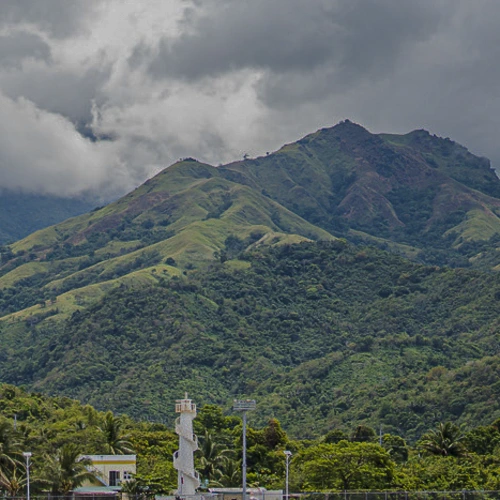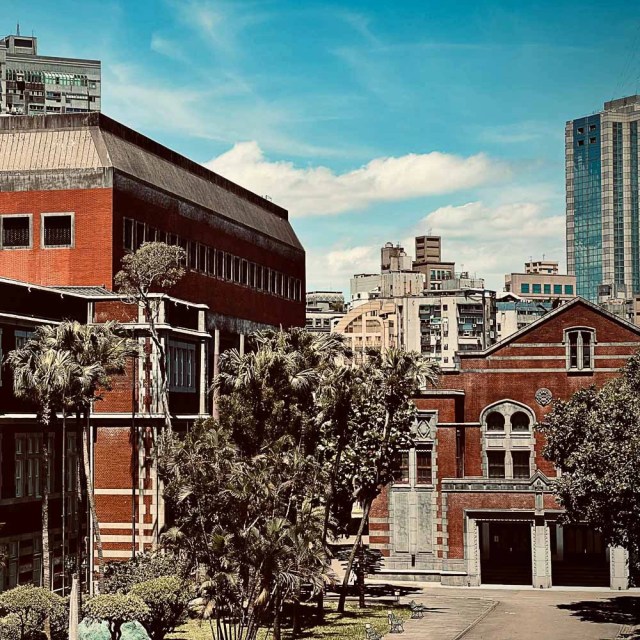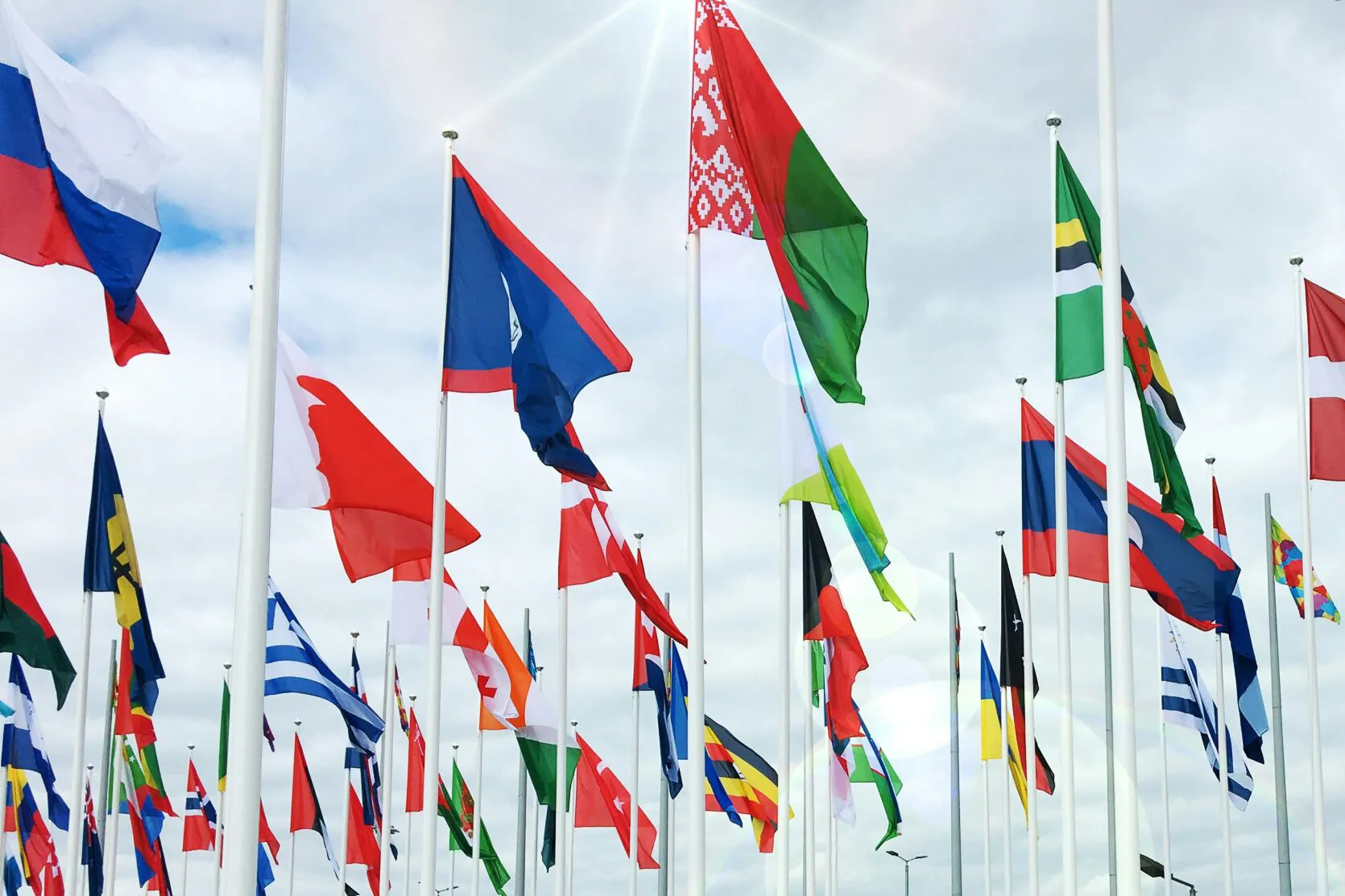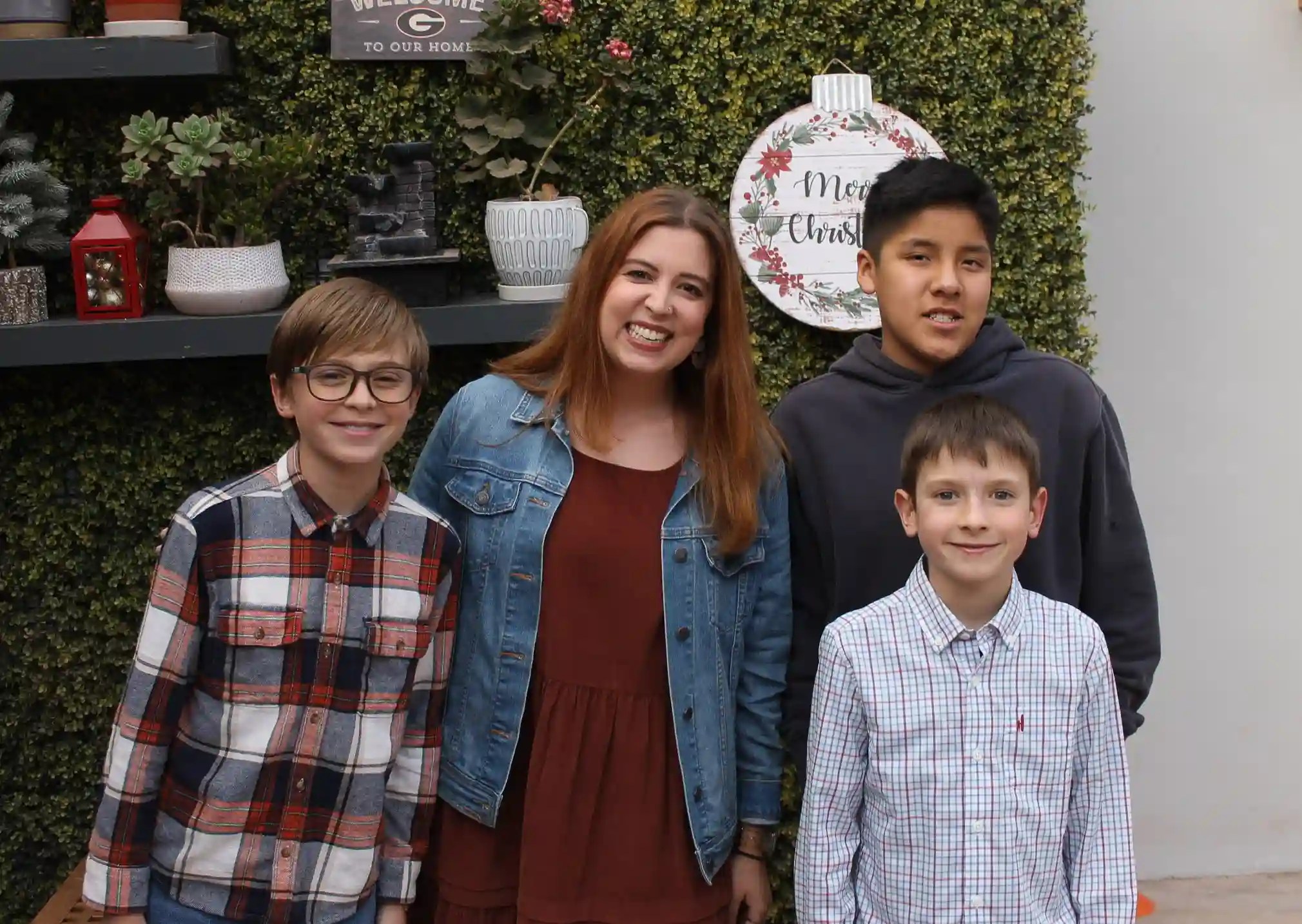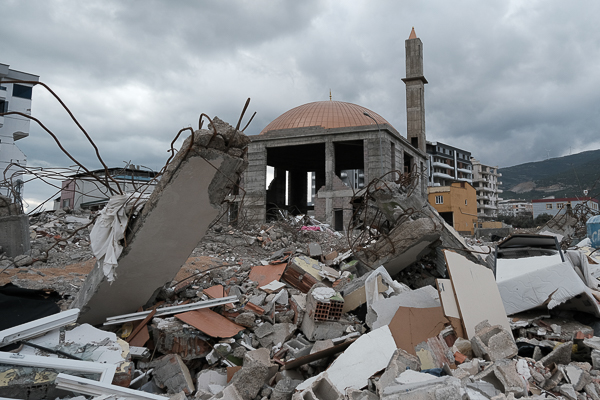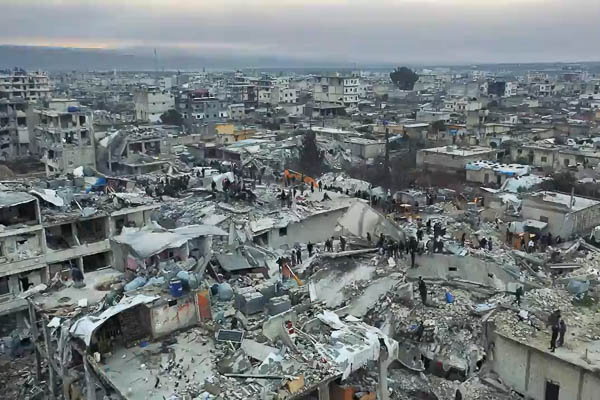After Haiyan, Hope Returns

In a nation of islands, there is nowhere to flee when a storm is coming. For Filipinos in Bogo, a city of about 70,000 people on the north end of the island province of Cebu, the only thing to do on November 8, 2013 was hunker down and wait as Typhoon Haiyan approached.
Even as typhoons go, Haiyan (known locally as Yolanda) was exceptional: it made landfall in Guiuan, a little more than 100 miles east of Bogo, as one of the most intense tropical cyclones ever recorded.
Homes torn apart
Less than a month before, the community around Bogo City Presbyterian Church had felt the tremors of a major earthquake that killed hundreds of people and leveled thousands of buildings on the neighboring island of Bohol. Now the church pastor and his family, church members, and villagers huddled, hoping and praying to ride out the storm safely. When the winds began to tear their small homes apart, several families sought shelter in the church building. But soon sections of the roof began flying off, forcing the terrified people to scramble into another building across the street.
By God’s grace, everyone in the village survived. But many homes were destroyed. Elsewhere in the Philippines, news sources estimate that more than 6,000 people lost their lives due to the storm. Throughout the country, centered in the area around nearby Tacloban, millions have lost their homes and millions more have been at least temporarily displaced.
Are we responding?
Absolutely! MTW learned of the storm while at the Global Missions Conference in Greenville, S.C. MTW’s international director of Asia/ Pacific Paul Taylor addressed conference participants regarding a response. “Many have asked, ‘Are we responding?’’ Paul said. “The answer is, absolutely!”
At the request of national partners, an assessment team quickly formed, and shortly thereafter MTW’s Global Disaster Response (GDR) deployed a team to Bogo City. The team went to serve for 10 days to help rebuild Bogo Presbyterian Church, the attached pastor’s quarters, and nearby homes decimated by the storm. An accompanying medical contingent conducted clinics, providing both physical and psychological care to victims, who were grateful for the opportunity to finally talk about their experiences.
Marcy Hefner, a trained GDR volunteer, led the response team. “Weeks after the storm, five different families were still living in the church building because they had nowhere else to go,” she said. “One family had begun to rebuild using tree stumps because that was all they had,” recalled Hefner. “We brought building materials and shored up the foundation with concrete. The family helped, and they were extremely grateful.” Before the storm, the family had never shown openness to the church or the gospel. Now they have seen kindness, not only from the GDR team, but also from the local church members who assisted in rebuilding the house; and the family is showing a new openness.
$500,000 and growing
Thanks to the help of hundreds of generous donors, MTW has raised nearly $500,000 for ongoing relief efforts in the Philippines, and gifts are still coming in. Part of this, along with building materials and equipment left behind by the GDR team, will be used to continue relief efforts in Bogo City. Using the GDR team’s initial response as a template, the local church plans to rebuild 15–20 houses, about half for church members and the other half for others in the community. The idea is not only to fulfill Christ’s call to love one another by serving brothers and sisters in need, but also to show compassion to those who are currently far off from Christ. Who knows but that the Spirit may open hearts to the gospel through the building of homes?
Our work is not done The advancement of the gospel is always the ultimate—and ultimately loving—goal of MTW’s relief efforts, and it informs how aid to those impacted by Haiyan will be used to help those beyond the island of Cebu. MTW plans to partner with Filipino pastor Zuriel Bernardino, who is planting a Reformed church in a strategic area of Manila as a part of Redeemer’s City to City ministry and is reaching out to Tacloban, the area hardest hit by the typhoon.
In both Bogo and Tacloban, Jesus’ compassion is the model. As He met people’s physical needs and thus proclaimed His kingdom’s coming during His first advent, so too does MTW seek to make an eternal investment in the lives of Filipinos who need shelter, assistance, and the means to rebuild, but whose spiritual needs are greater still.
MTW is still accepting donations for the ongoing relief efforts. To make a donation or for ongoing updates visit www.mtw.org/disaster
